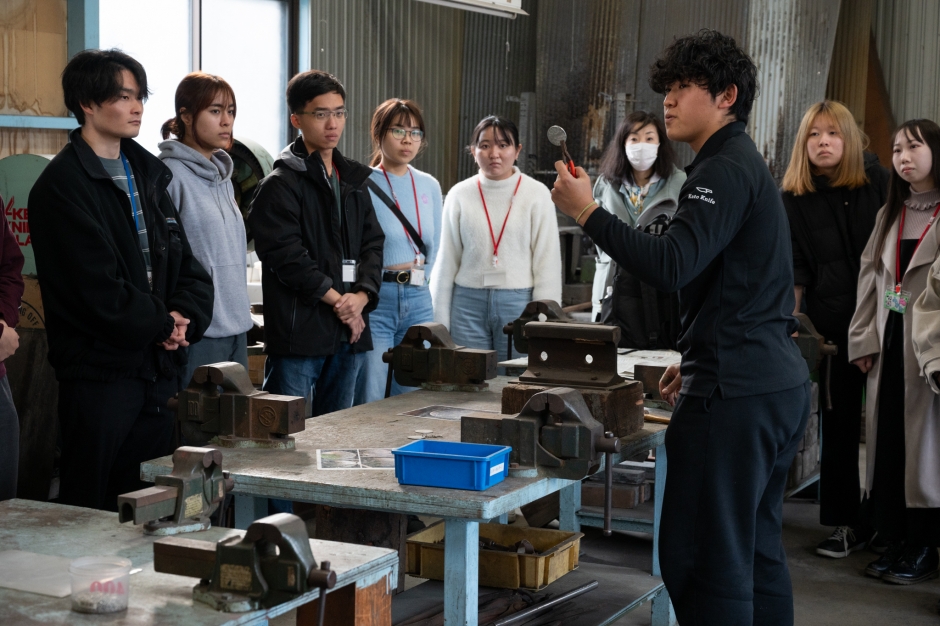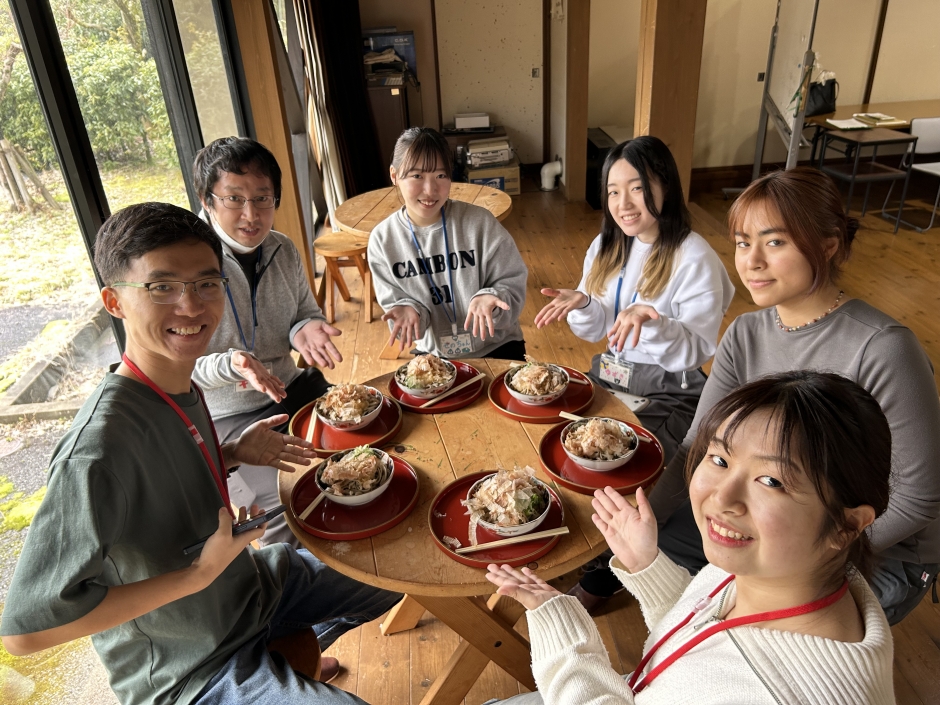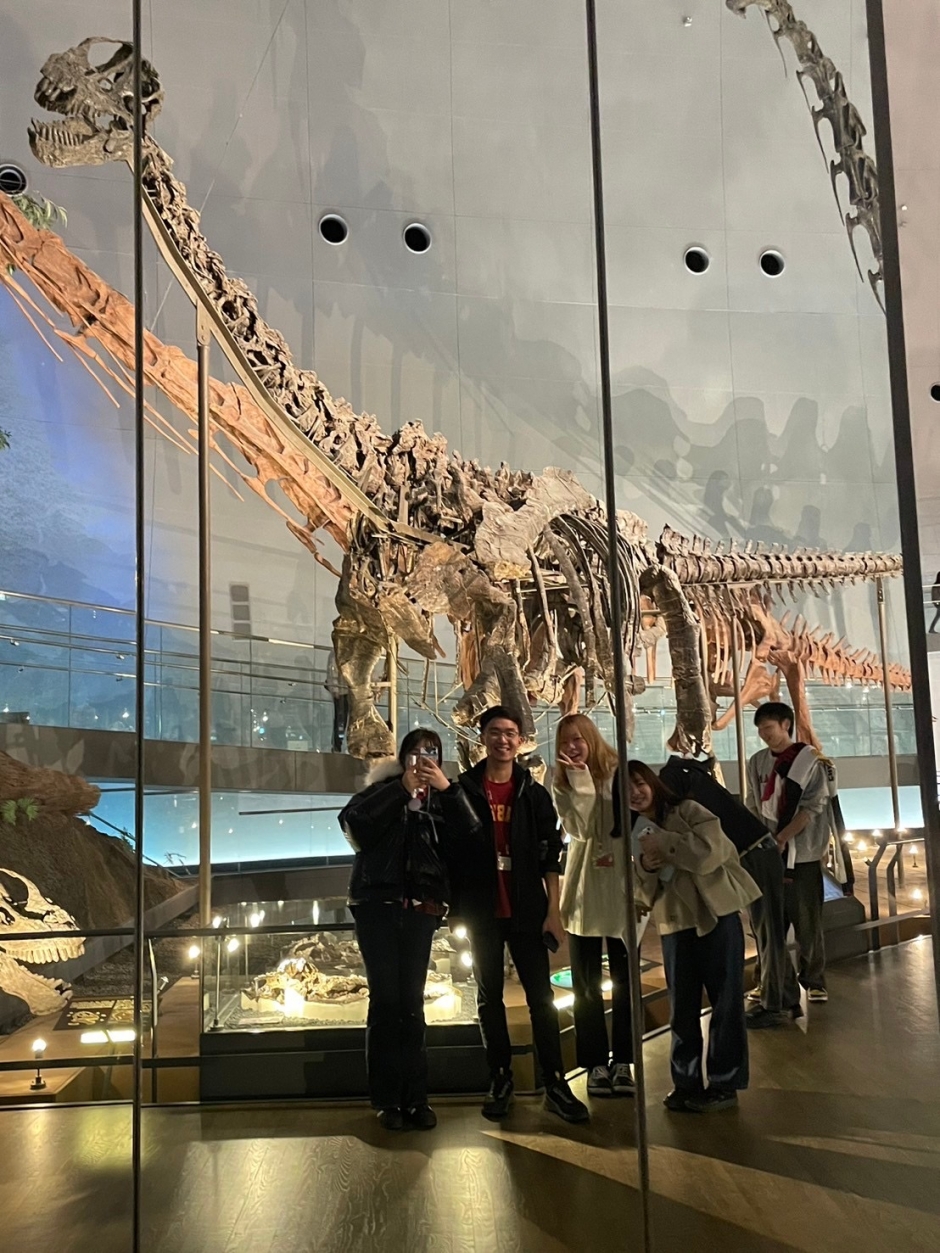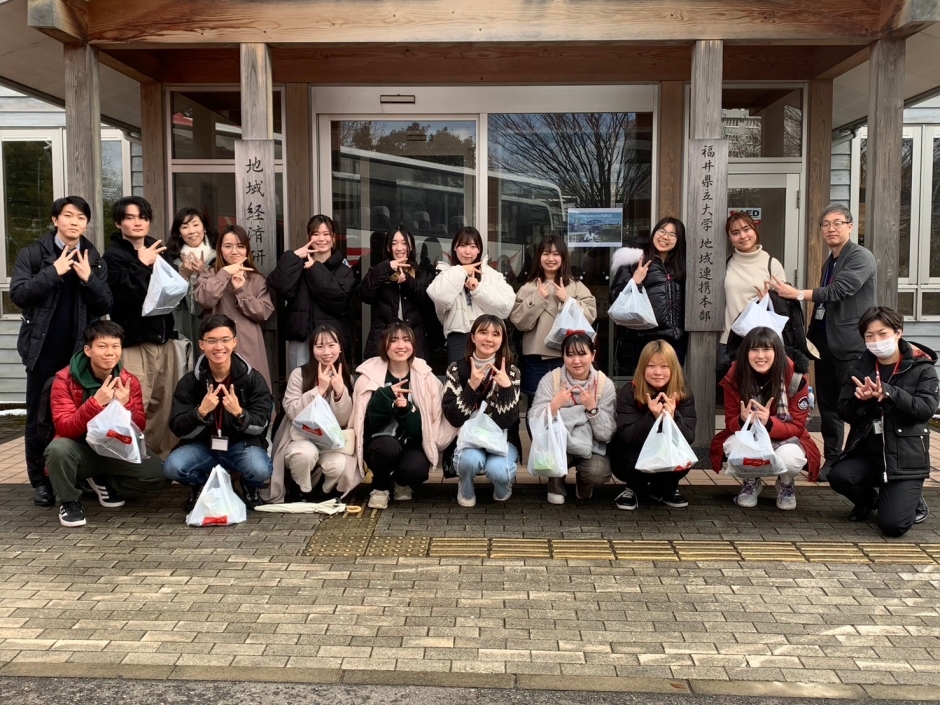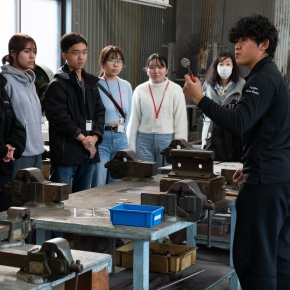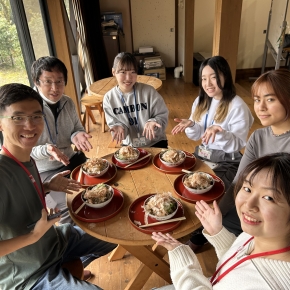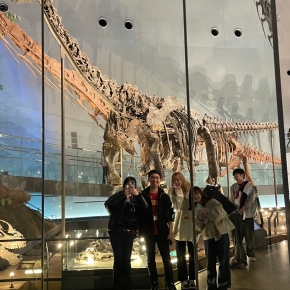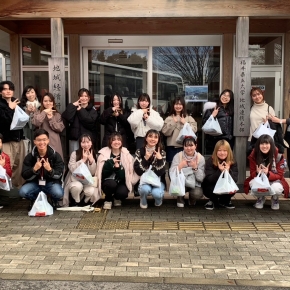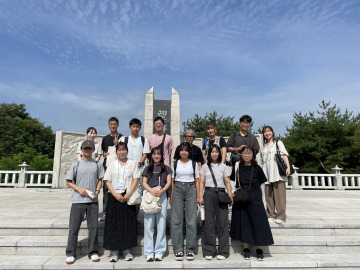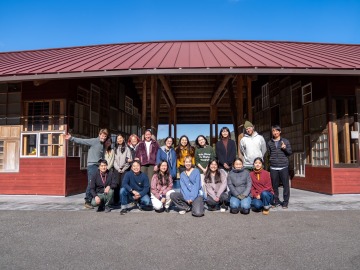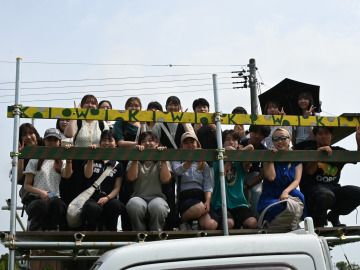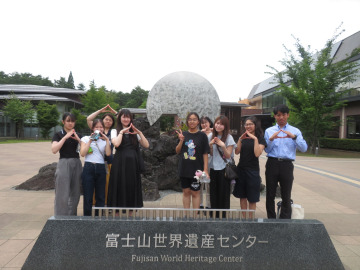This was the 1st time to hold SI Study trip in Fukui. Through the fieldwork in various parts of Fukui Prefecture, participants from WISH deepened their understanding of the challenges Fukui Prefecture faces and its potential for regional revitalization.
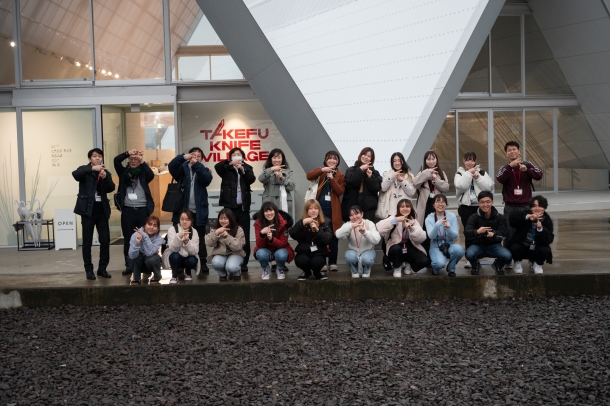
An Appicant’s Voice
Japan is a very popular holiday destination among travellers worldwide. When asked about holiday plans in Japan, I’m sure many of our relatives and friends will tell us that they will be visiting cities like Tokyo, Kyoto, Osaka or Hokkaido. The next time someone tells you that they are travelling to Japan, ask them if they have any plans to visit Fukui Prefecture, or have even heard of it before. Chances are, not many international travellers (or even domestic travellers) consider Fukui Prefecture as their preferred travel destination. Personally, while I have travelled to over 30 prefectures in Japan during my time here, I have never been to Fukui Prefecture before. In fact, my only impression of Fukui Prefecture was the Prefectural Dinosaur Museum before this trip. Therefore, when WISH organized a study tour to Fukui, I expressed my interest to participate in it to discover what this less known prefecture has to offer.
From 28th February 2024 to 2nd March 2024, a group of 10 students (including myself) from WISH participated in a SI study trip to Fukui Prefecture. The study tour was centred around the theme of City Revitalization in areas that are experiencing a rapidly declining population. Interestingly, Fukui is also constantly ranked first on Japan’s prefecture happiness scale, which further motivated us to find out more about the efforts in place to bring about this feat. Most of us have not been to Fukui before, so while we were unsure of what to expect, we were excited about learning more about a new place – and also taking a trip out of the city (Tokyo)!
Upon arrival in Fukui, we headed over to Fukui Prefectural University’s Eiheiji Campus, where we were greeted by the programme coordinators, Professor Sugiyama and Assistant Professor Kitano as well as the students from the university who were going to join us on our study trips. To help us better appreciate the purpose of our field trips over the subsequent days, distinguished speakers were invited to give us a sharing on areas like well-being, as well as an introduction to the places that we were scheduled to visit. These sharing sessions played a pivotal role in helping us appreciate the purpose of this study trip as well as the rich historical backgrounds behind the places of interest we were going to visit. In addition, we were given some time to engage in our own research regarding these places of interest. As part of the research, we were also tasked to think of some potential problems that we would like to solve. Professor Sugiyama mentioned that 90% of the field trip is about confirming what we have researched about a place, and 10% will be new discoveries. Indeed, it is almost impossible for us to thoroughly understand a place without being physically present at the site. The day ended off with every participant (including the programme coordinator and WISH staff!) designing and creating our own name cards and introducing ourselves to one another.
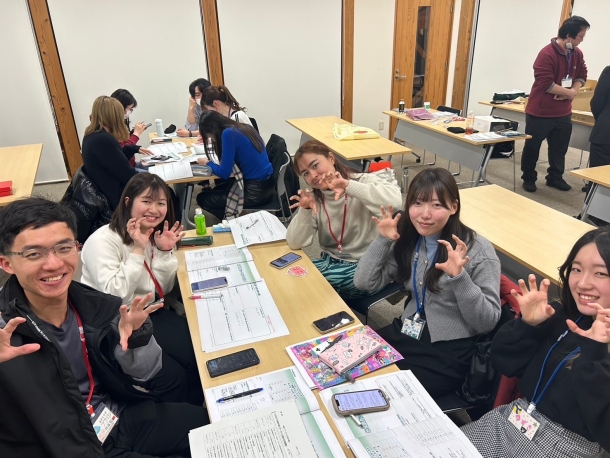
Day 2 and day 3 of the study tour were packed with sightseeing and hands-on activities. The activities on the first day were based in Katsuyama City. To many, Katsuyama City is all about the Fukui Prefectural Dinosaur Museum. But our trip down to Katsuyama City showed us that the city had more to offer other than the Prefectural Dinosaur Museum. We first made a stop at the Nakagami House as well as Nimbus (a modern art café), which exposed us to the rich architecture and modern art culture that would otherwise be easily missed by visitors to the area. We also had the chance to visit Yume Ole, a textile museum, where we had the opportunity to engage in a hands-on experience to make our own coasters! The day then continued with a visit to the Fukui Prefectural Dinosaur Museum, as well as a guided tour to the Echizen Great Buddha. One striking observation we made was that almost all the shops along the walkways leading to the Echizen Great Buddha were shuttered, and that there were almost no visitors to the area when we were there. This got us thinking on how we could possibly revitalize the area and attract more people to discover these hidden treasures in Katsuyama.
Day 3 was another day packed with excursions. We headed over to Echizen City, where many hands-on experiences awaited us. We first visited the 63 Estate Winery where we learnt more about the motivations behind the development of the Winery and their future plans. It was particularly interesting to learn that instead of aiming to be a Winery that mass produces wine in a large quantity, 63 Estate aims to be a winery that prioritises quality over quantity to win over potential customers. This visit was followed by a Soba making experience where we got a rare chance to experience the entire soba noodle making process – from mixing and kneading the flour to finally cutting the Soba noodles. It was an experience that most of us have never had before, and this made us appreciate the effort that goes behind Soba making. Our study trip concluded with a visit to the Washi Village and Takefu Knife Village, where we had a first-hand experience making our own Washi (Japanese Paper) and key holder respectively. On top of the hands-on experience, we were also given a rare opportunity to understand the rich history behind these crafts, and the impending challenges that these traditional crafts face. The team was also treated with an exclusive opportunity to witness the professionals at work, and we were humbled by the amount of effort put in to produce these high-quality products that are renowned not only in Japan but also around the world.
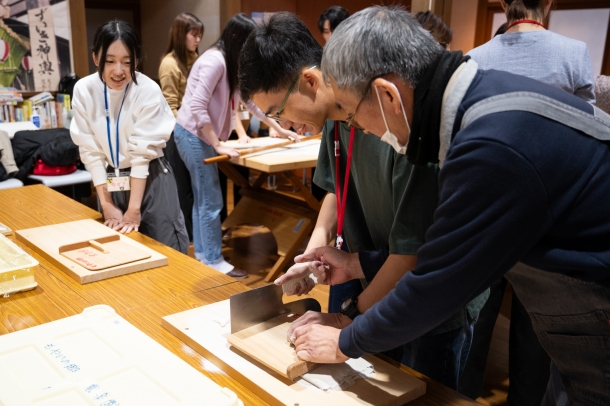
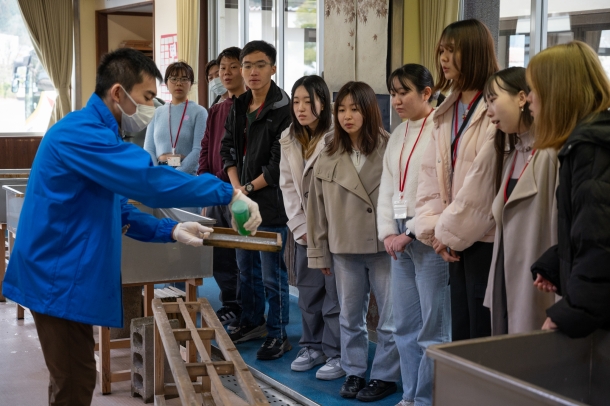
On our final day, the students from WISH and Fukui Prefectural University came together to discuss our findings and observations over the past few days of field trips. Based on our insights gleaned from our visits to the respective places of interests, we were tasked with identifying the potential pain points as well as possible ways which we could resolve them. As an international student, the discussion session was eye-opening for me as it provided me an avenue to understand how my Japanese peers approached this issue of district revitalization. One perceptive point raised by my team mates was the importance of engaging local residents before even trying to promote the district to other travellers (domestic or international). At the core, they recognized that it was important to get residents to first be proud of the area they live in, as this would then serve as a springboard for further publicity efforts to attract more travellers to the area. For myself, I tackled the issue from an international standpoint, proposing how Fukui could leverage on the different Japan Travel fairs organized across the globe to raise awareness about the hidden treasures in Fukui. These different perspectives ultimately allowed us to design a holistic proposal pertaining to the revitalization of Fukui. It is my wish that we will see more visitors to the Fukui region in the near future.
This trip has been exceptionally meaningful for me as an international student. Besides having the opportunity to learn more from my Japanese peers, this trip has made me even more aware of the challenges faced when engaging in city revitalization works. It requires a concerted effort both from the residents and city planners to make such plans sustainable. In addition, this trip has also made me realize that every region has its own stories and treasures – places and cultures that hold significant value to the people. This is exactly what Fukui is about. While it is true that Fukui is not as well known a tourist spot compared to other cities, there are valuable experiences that cannot be gained elsewhere in Japan. On 16th March 2024, the Hokuriku Shinkansen extension thru to Tsuruga station will begin operations, allowing travellers from Tokyo to travel to Fukui on the Shinkansen without any transfers. Massive development efforts are taking place around the major Shinkansen stations in preparation for the opening, and I am looking forward to seeing a more vibrant and revitalized Fukui when I return for my own travels in the not too distant future.
It is my hope that the 10 of us will be able to bring lessons learnt from this trip back to our respective hometowns. During this field trip, we visited about 8 spots in Fukui, each telling their own story. To be honest, I am not sure if I would be able to come out with a list of 8 spots that I would recommend travellers to visit back in my home country. Using this SI study tour as a motivation, I hope to spend more time discovering and exploring my country, and I hope that I will be able to play a part in revitalization efforts back home in the future.
Finally, on behalf of the team of students from WISH, I would like to extend my appreciation to the programme coordinators and students of Fukui Prefectural University for their hospitality and dedication in making this trip such a fruitful one for all of us. This has been a valuable learning experience and I hope that future batches of students will also be able to learn and discover this oftentimes overlooked prefecture – Fukui.
It will definitely take time for travellers to know about what Fukui has to offer, but I look forward to the day where we hear more travellers (both international and domestic) sharing that they are planning a stop to Fukui during their holiday in Japan.

